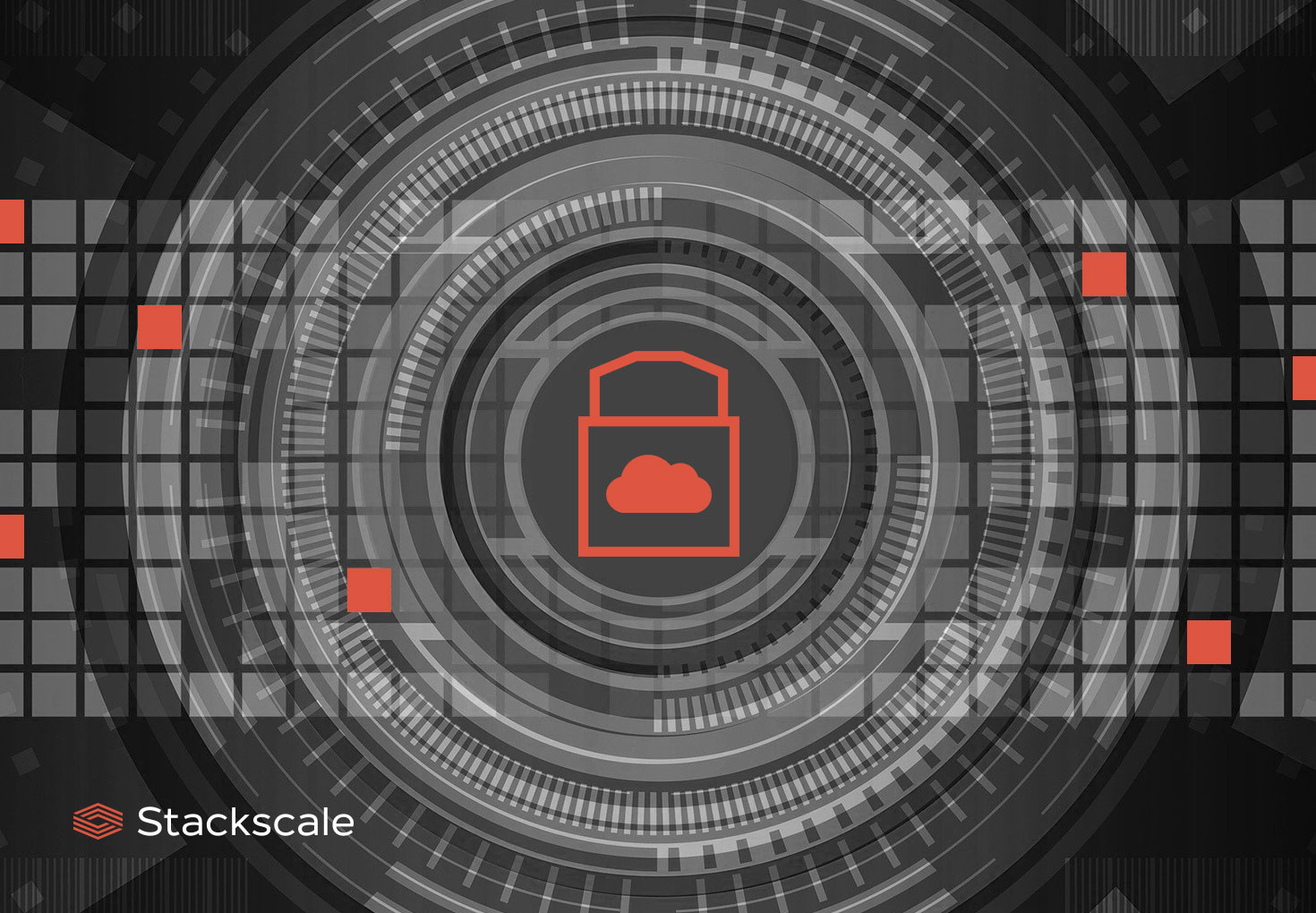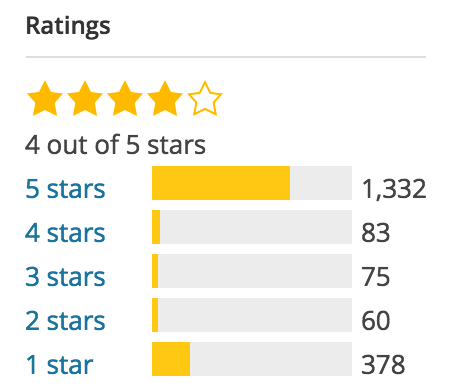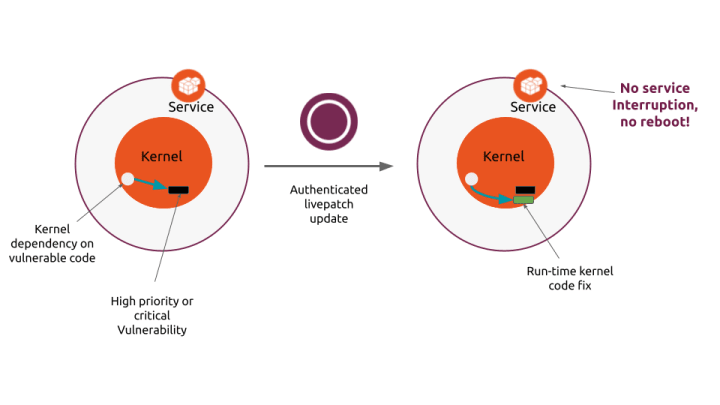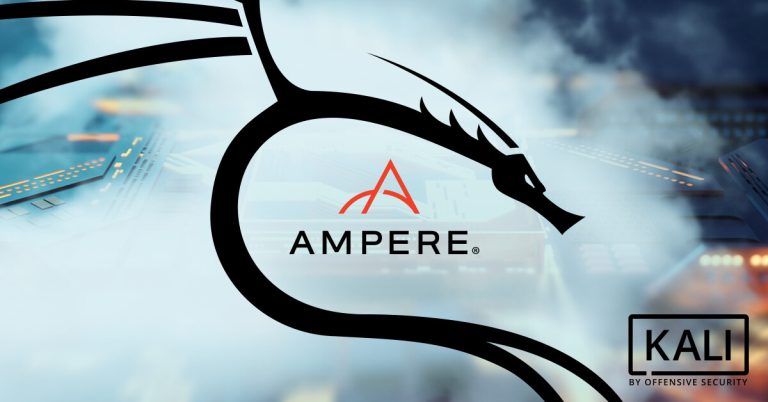Cloud security trends and challenges | Stackscale

Cloud security is a top priority as more and more organizations continue to place their data and applications in the cloud. According to data from Statista, as of 2022, about 60% of corporate data was already in the cloud. In fact, not only a large number of companies are already in the cloud, but also many of them use diverse public and private cloud environments for different purposes.
Cloud computing facilitates remote access to data for the growing number of connected devices and remote workers worldwide. While this makes collaboration easier among teams, it also increases the number of security challenges for companies and users alike. So, the need for cloud-suited security approaches is definitely imperative.
Digital transformation and cloud security
Cloud adoption is key when it comes to the digitalisation of businesses. In this context, digital threats continue to be on the rise and evolving at a rapid pace. Weekly cyberattacks on corporate networks increased by 38% globally in 2022, compared to 2021 — according to Check Point data. And that’s not all. Cyberattacks are also increasingly sophisticated.
Therefore, with cloud computing being at the core of digital transformation, organizations must prioritize cloud security to be protected against emerging threats. To do so, they require user-centric security approaches, proactivity and the participation of all C-suite leaders (not only the CISO), among other things.
Because even though cloud providers take care of an important part of security, companies must proactively address security as well. Since the IaaS model is based on a shared-responsibility model between the provider and the customer.
Providers are in charge of ensuring the infrastructure, storage and networking are completely secure, and customers must take responsibility for aspects such as access management, encryption, network traffic protection and so on. In this regard, an increasing number of companies opt for outsourcing all or part of their security to a managed services provider that actively collaborates with their technical team and their cloud provider.
Data decentralization and user-centric security
The decentralization of data outside the corporate data center requires a shift from a network-centric to a user-centric security approach. On this matter, one of the security models that is gaining momentum to face the cybersecurity threats associated with data decentralization is Zero Trust.
Zero Trust & Cloud
The Zero Trust model is highly recommended for organizations relying on cloud solutions and working from different locations, as it reduces decentralized data risks.
With users and employees accessing critical data and applications from anywhere, defining a Zero Trust perimeter is useful to secure data, applications and workloads regardless of the location. This model is based on the premise that trust is a vulnerability and eliminates the concept of trust from the network architecture. All requests must always be verified based on an access policy.
Multicloud for improving business continuity
Multicloud and hybrid cloud solutions are also gaining popularity as a way of boosting business continuity. Although hybrid and multicloud environments can increase complexity, the advantages continue to boost their adoption. Besides, some cloud infrastructure solutions distributed across different data centers contribute to ensure business continuity in case of cyberattack in the primary data center.
Moreover, some companies opt for a cold spare separated from their main data center for restoring backups and replicas during a cyberattack, hardware failure or any other emergency.
Nevertheless, managing security in multicloud environments can also be challenging and must be properly addressed. Since ensuring consistency in application security across different deployments can be as complex as it is indispensable. On this matter, at Stackscale we offer cloud infrastructure solutions distributed across multiple geographical locations to deploy a private cloud together with other complements based on other public and private clouds. Thus simplifying the complexity of multi cloud environments and enabling the easy integration of Disaster Recovery solutions.
Cloud security specialized talent
Finally, one of the biggest challenges for organizations worldwide is the shortage of qualified cybersecurity professionals. As a result of this, automation and managed cybersecurity services are positioning themselves as a reliable and affordable solution to cover this gap.
To sum up, as cyberattacks continue to evolve in number and sophistication, cloud adoption continues to enlarge and hybrid and multi cloud deployment models become more common among companies, cloud security is virtually becoming synonymous with cybersecurity. That is why it is more essential than ever:
- Adopting new security approaches adapted to this new computing paradigm.
- Proactively monitoring to get ahead of threats.
- Implementing a business continuity and Disaster Recovery plan.
Sources: Statista and Check Point





